Beyond safety and efficiency in acute care: The experience of an embodied staff-environment interaction
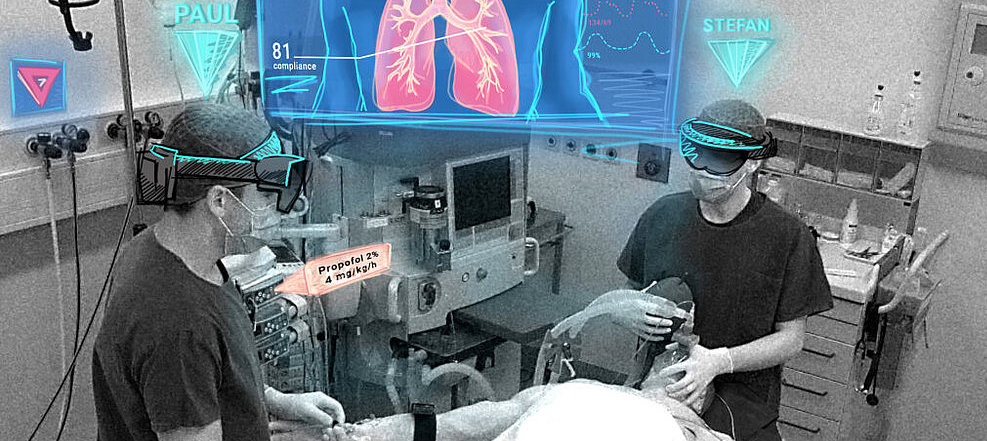
Principal Investigators
Main research Question
We aim to understand the experience of acute care staff when interacting with technology.
- Is UX a relevant concept?
- What constitutes UX in acute care?
- How can we measure and design for UX in acute care and other safety-critical domains?
Sub-Research questions
We aim to design and test pervasive interaction technology for the acute care context.
- How can we integrate pervasive interaction concepts?
- How can we improve and foster experience and clinical benefits?
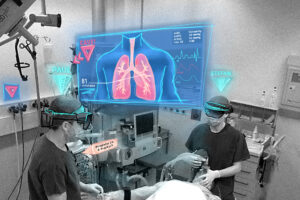
User experience in safety–critical domains: a survey on motivational orientations and psychological need satisfaction in acute care.
A. Hohm, O. Happel, J. Hurtienne, and T. Grundgeiger
Springer: Cognition, Technology and Work 2022
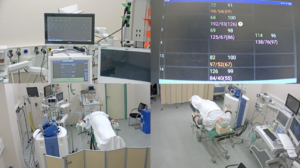
Design and Evaluation of a Head-Worn Display Application for Multi-Patient Monitoring (Honorable Mention Award)
J. Kuge, T. Grundgeiger, P.D. Schlosser, P.M. Sanderson, and O. Happel
DIS 2021
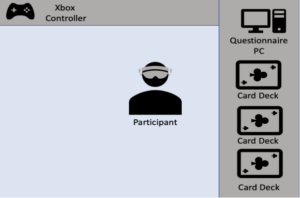
Push the Red Button: Comparing Notification Placement with Augmented and Non-Augmented Tasks in AR.
L. Plabst, S. Oberdörfer, F. Ortega, and F. Niebling
SUI 2022
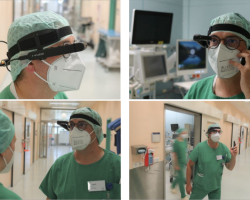
Supervising Multiple Operating Rooms Using a Head-Worn display: A Longitudinal Evaluation of the Experience of Supervising Anesthesiologists and Their Co-Workers
T. Grundgeiger, A. Münz, P.D. Schlosser, and O. Happel
CHI 2023

It’s okay, honey… shhh…” The Media Equation and Computers Are Social Actors Hypothesis
A. Hohm, O. Happel, J. Hurtienne, and T. Grundgeiger
MuC 2021
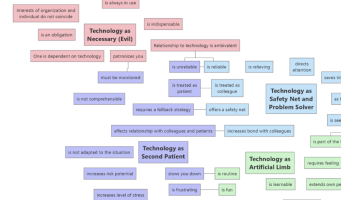
“When the beeping stops, you completely freak out” – How acute care teams experience and use technology. (Honorable Mention Award)
A. Hohm, O. Happel, J. Hurtienne, and T. Grundgeiger
CSCW 2023
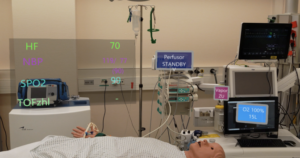
Visualisation methods for patient monitoring in anaesthetic procedures using augmented reality
Plabst, L., Oberdörfer, S., Happel, O. and Niebling, F.
VRST 2021
- Hohm, A., Happel, O., Hurtienne, J., & Grundgeiger, T. (2022). User experience in safety–critical domains: a survey on motivational orientations and psychological need satisfaction in acute care. Cognition, Technology & Work (24), 247–260. https://doi.org/10.1007/s10111-022-00697-0
- Hohm, A., Happel, O., Hurtienne, J., & Grundgeiger, T. (2021). “It’s okay, honey… shhh…”-The Media Equation and Computers-Are-Social-Actors-Hypothesis in Acute Care: “Ist ja gut, Schätzelein… shhh…”-Die Media Equation und Computers-Are-Social-Actors-Hypothese in der Akutmedizin. Mensch und Computer (pp. 265-269). http://dx.doi.org/10.1145/3473856.3474227
- Hohm, A., Happel, O., Hurtienne, J., & Grundgeiger, T. (2023). “When the beeping stops, you completely freak out” – How acute care teams experience and use technology. ACM Conference on Computer-Supported Cooperative Work And Social Computing (CSCW). https://doi.org/10.1145/3579590
- Kuge, J., Grundgeiger, T., Schlosser, P. D., Sanderson, P. M., & Happel, O. (2021). Design and Evaluation of a Head-Worn Display Application for Multi-Patient Monitoring. ACM Conference on Designing Interactive Systems (DIS). [Honorable Mention; UPA 2021 UX Challange 1st place] http://dx.doi.org/10.1145/3461778.3462011
- Grundgeiger, T., Münz, A., Schlosser, P. D., & Happel, O. (2023). Supervising Multiple Operating Rooms Using a Head-Worn display: A Longitudinal Evaluation of the Experience of Supervising Anesthesiologists and Their Co-Workers. ACM Conference Extended Abstracts on Human Factors in Computing Systems (CHI). http://dx.doi.org/10.1145/3544548.3581180
- Plabst, L., Oberdörfer, S., Happel, O. & Niebling, F. (2021). Visualisation methods for patient monitoring in anaesthetic procedures using augmented reality. ACM Symposium on Virtual Reality Software and Technology (VRST ’21).http://dx.doi.org/10.1145/3489849.3489908
- Plabst, L,. Oberdörfer S., Ortega F., & Niebling F. (2022). Push the Red Button: Comparing Notification Placement with Augmented and Non-Augmented Tasks in AR. ACM Symposium on Spatial User Interaction (SUI ’22) http://dx.doi.org/10.1145/3565970.3567701